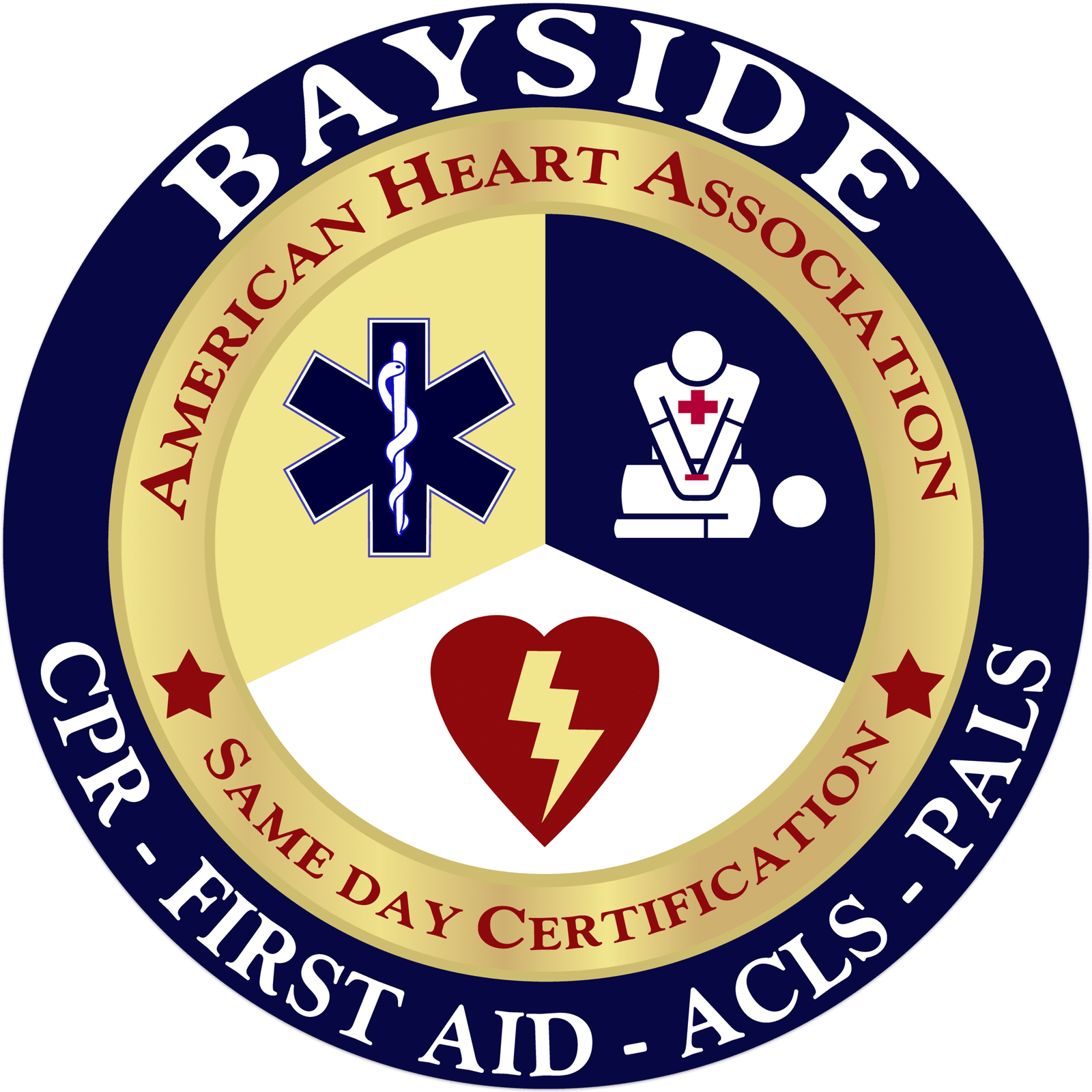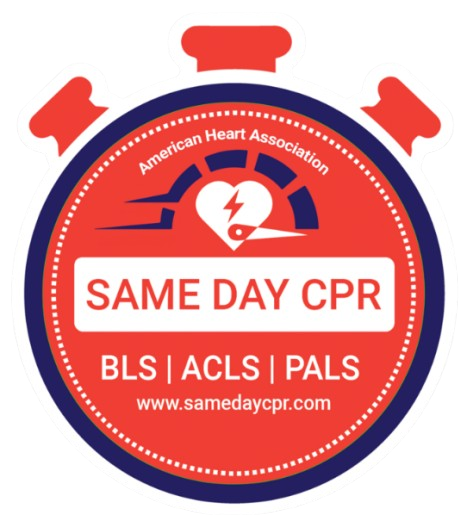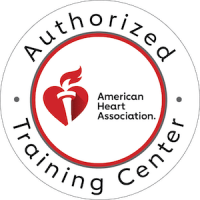
Author Archives: Kyle Hastings

Ambu Bags for CPR: What They Are and How to Use...
Even though it’s commonly written as “Ambu,” do you know what it stands for? It means “artificial manual breathing unit” and refers to bag-valve masks (BVMs). The name is shortened to Ambu because the original Ambu bag was developed by a co...
Read More ›
What is a Normal Heart Rate?
Understanding your heart rate can seem complicated, but it’s simpler than most people think. Your heart rate, often called pulse, tells you how fast your heart beats per minute. Knowing this number helps you understand your health, fitness, and ove...
Read More ›
What Are the Signs of Severe Airway Obstruction in BLS?
Airway obstruction is a life-threatening emergency that prevents oxygen from reaching vital organs like the brain and heart. In Basic Life Support (BLS), it most often occurs when someone chokes on food or small objects, but it can also result from s...
Read More ›
How Many CEUs Do You Get with PALS Renewal?
Healthcare professionals renewing their Pediatric Advanced Life Support (PALS) certification often ask one important question first: How many CEUs do they get with PALS renewal? The answer depends on the course format, accrediting organization, and p...
Read More ›
ACLS Cheat Sheet: Your Guide to Passing the Exam
If you’re a healthcare provider, mastering ACLS (Advanced Cardiac Life Support) isn’t just a credential; it’s a lifesaving skill. Whether you’re a nurse, paramedic, or physician, ACLS certification ensures you’re ready to respond confidentl...
Read More ›
Understanding Effective Team Dynamics In BLS
Effective team dynamics in Basic Life Support (BLS) directly impact patient outcomes either they are adults or pediatrics. Strong teamwork ensures high-quality CPR, faster interventions, fewer errors, and a well-coordinated response during emergencie...
Read More ›

